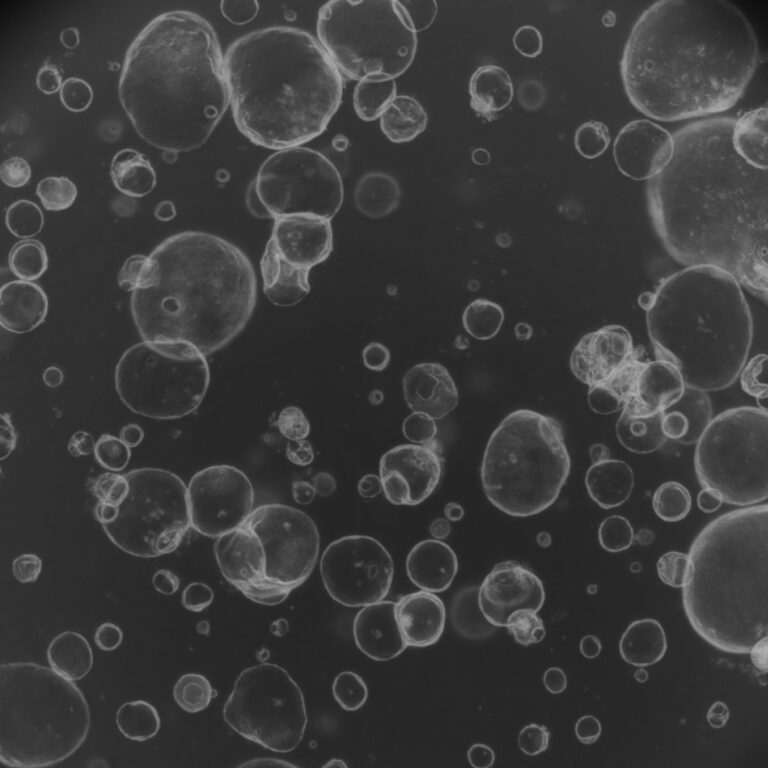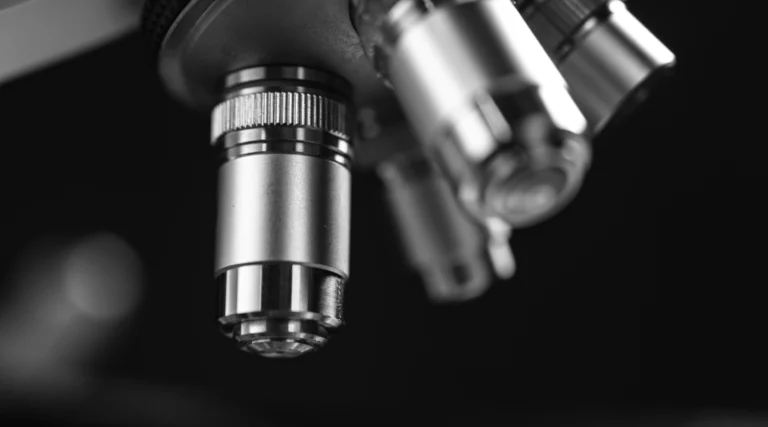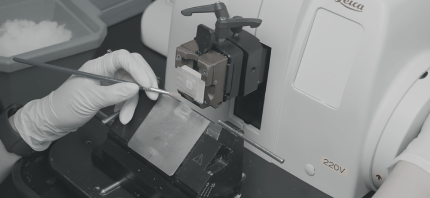3D Bioprinting and Vascularization Techniques
A New Milestone in Brain Organoid Research
Brain organoids are miniature brain models that mimic the human brain, offering tremendous potential for studying brain diseases and developing new drugs. However, traditional brain organoids lack vascular structures, limiting their ability to fully replicate the actual brain environment. To address this issue, researchers have developed a method to create intricate vascular structures within brain organoids using 3D bioprinting technology.
The Introduction of 3D Bioprinting
3D bioprinting is a technique that uses bioinks containing living cells to print various tissue structures. Traditional brain organoids do not include vascular cells, making it difficult to supply sufficient oxygen and nutrients. As a result, cell death often occurs in the core of the organoid. To overcome this, researchers introduced 3D printing to form vascular networks within the organoid, providing a more realistic brain model.
Development of Vascularized Organoids
A research team led by Prof. Steven Sloan at Emory University School of Medicine successfully created vascular structures within organoids using 3D bioprinting. The bioink used in this process is highly viscous, allowing cells to naturally organize into tissues. The printed vascular networks enable cells within the organoid to receive adequate oxygen and nutrients, creating a more realistic brain model.
This technology also opens up possibilities for creating disease models. For instance, in neurodegenerative disease research, such as Alzheimer’s, vascularized organoids could allow for more detailed studies. The research team also expects this technology to enable more accurate assessments of the effectiveness of new drugs.
Future Possibilities
This study represents a significant advancement that could greatly expand the applications of brain organoids. As this technology evolves, it could lead to the creation of organoids that more precisely mimic the human brain, making groundbreaking contributions to brain disease research and treatment development. Prof. Steven Sloan envisions this technology being applied not only to brain research but also to other organ models. The research team plans to develop organoid models with even more complex vascular networks in the future.




